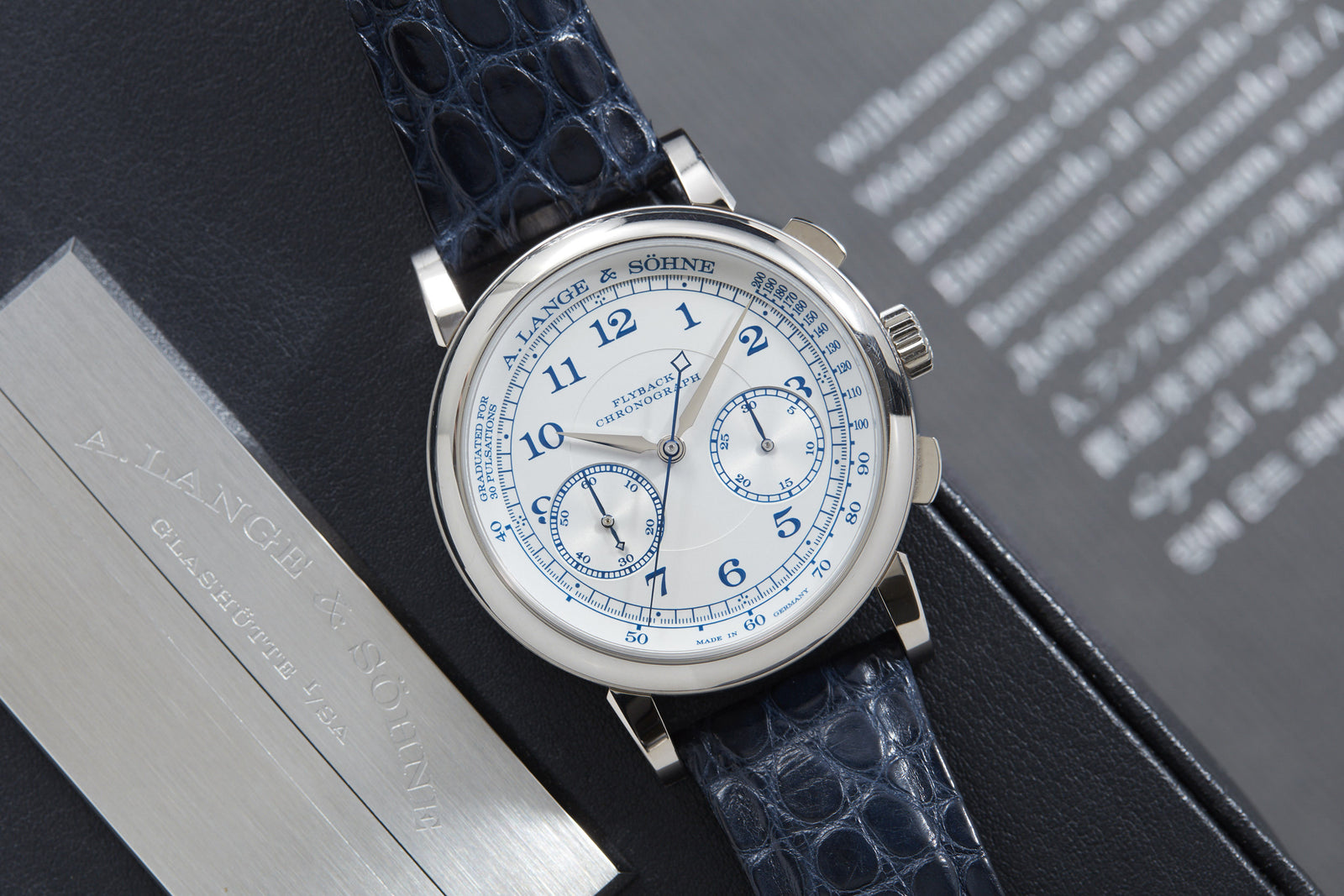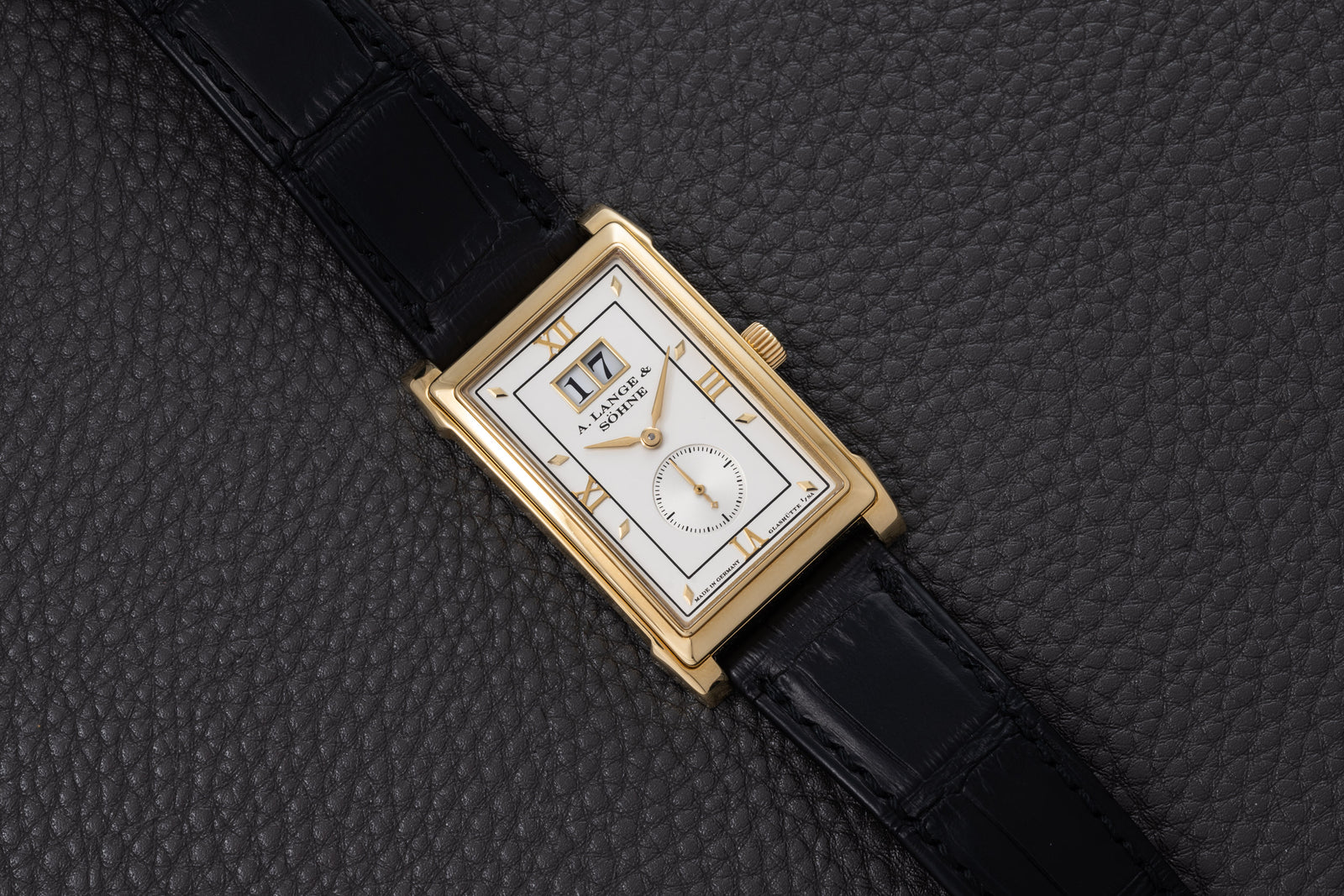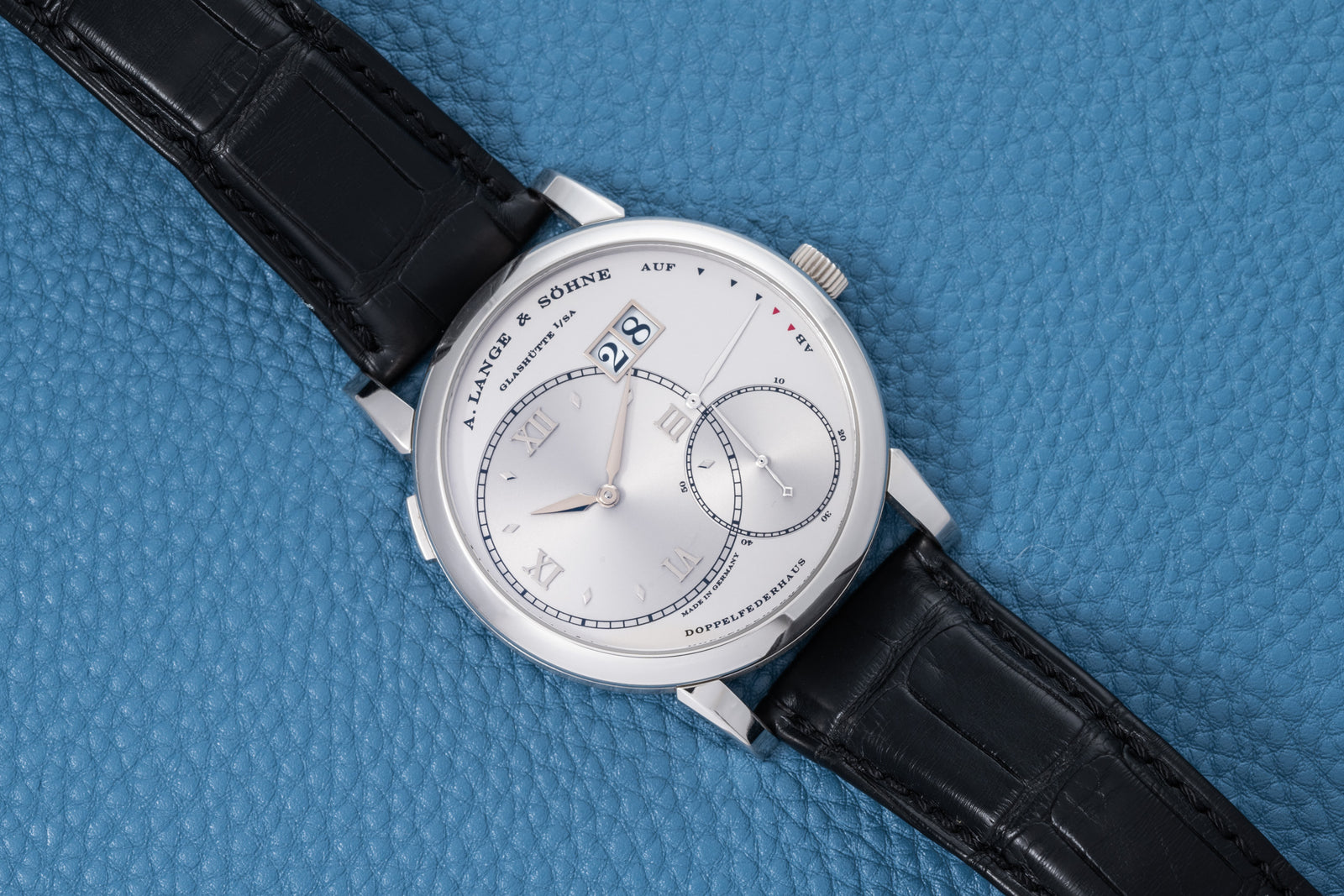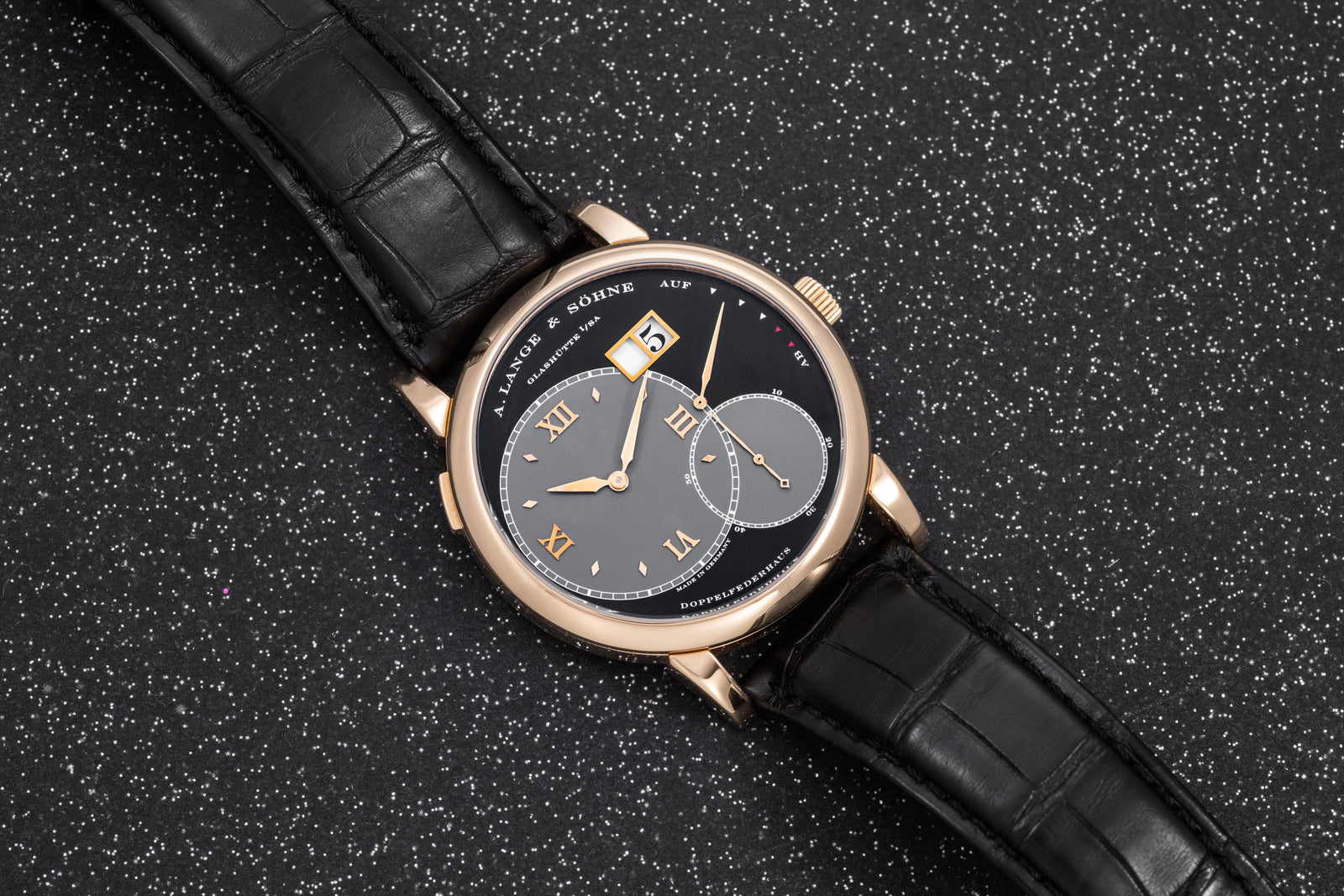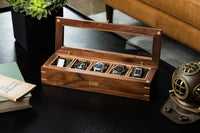Universal Genève Polerouter Sub
- Soldspan>
- Sold
Why We Love it
–
Why We Love it
–In the early 1960s, President John F. Kennedy stated that, “Knowledge of the oceans is more than a matter of curiosity. Our very survival may hinge upon it.”
True to President Kennedy’s statement, in the decade that followed, most of mankind turned its eyes toward the stars. The scientists at the Scripps Institution of Oceanography in San Diego, however, had theirs fixed firmly on what was happening beneath the ocean’s surface.
Founded in 1903, the Scripps Institution of Oceanography was initially an offshoot of the San Diego Chamber of Commerce. Its founder, Dr. Fred Baker, a physician who specialized in ear, nose, and throat studies, had a fascination with mollusks, particularly those that thrived in the ocean around San Diego. In the early 1900s, Baker approached a friend, H.P. Wood—secretary of the San Diego Chamber of Commerce—to set up a marine biology laboratory under the aegis of the University of California. The first expedition in 1903—which used the boathouse of the Hotel del Coronado as its headquarters—was a success, leading to the establishment of the Marine Biological Association.
By 1907, the Association had moved to La Jolla. Five years later, it was absorbed into the University of California system under the name “Scripps Institution for Biological Research,” after local philanthropists E.W. Scripps and his sister Ellen. But Scripps enjoyed its richest period of scientific research in the 1960s under the leadership of Roger Revelle.
Revelle, who was born two years after the future Scripps Institute relocated to La Jolla, gained a deep love of the ocean during his years in the Navy after World War II. In his role in the Navy, Revelle was in a position to help determine which scientific projects the Navy would fund. Revelle believed that the Navy’s primary focus should be to foster research of the world’s oceans, an attitude that he carried over to his work at Scripps; while at Scripps, Revelle notably launched studies that examined the effects of atomic radiation on ocean life.
Also, as the founding chairman of the Committee on Climate Change and the Ocean, Revelle co-authored a paper that suggested that a “greenhouse effect” would lead to global warming.
Meanwhile, in the 1960s, researchers at Scripps who were studying the distribution of sea-floor slopes led to the creation of the Deep Tow instrument system, which would prove instrumental in mapping the ocean floor. In the Deep Tow system, a side scan SONAR system tethered to a research vessel was lowered into the ocean. Eventually, the rudimentary system—which employed SONAR technology developed during the Second World War—grew to encompass a sounding system, along with television cameras.
The Deep Tow system was monumental in that it resulted in an unparalleled view of the vast canyons and mountains of the ocean floor, and it continues to be used by oceanographers to this day.
In 1961, Universal Genève also plunged under the waves with the launch of the Polerouter Sub.
A decade before, Universal Genève released the 'Polarouter' (later renamed the Polerouter), which was designed by 23-year-old Gérald Genta to resist the magnetic fields over the Pole and remain accurate during the Scandinavian Airlines’ flights over the North Pole. Throughout the Polerouter's 15-year run, Universal Genève deviated from Gerald Genta's original design, releasing variants with a panoply of case sizes and configurations. Though most Polerouters are dress watches in design and function, the Sub is a dive watch—but, because it’s Genta, it’s avant-garde in appearance.
Genta’s designs are especially notable for their ofttimes dramatic use of angles and unorthodox shapes. With the Sub, Genta took the asymmetrical date window of the Polerouter dress watches and magnified it, mirroring it in the shape of the Sub’s case. The asymmetrical shape does serve a purpose, however, as it protects the crown from being bumped during a dive.
The Sub came in several variations, with different dials, hands, and bezels. This particular Sub is a Reference 869116/02. The asymmetrical theme is carried over to the dial, with luminescent hour plots of varying lengths.
With its original crystal, this Polerouter Sub is a survivor, a lasting testament to the brilliance of Gerald Genta’s design and the enduring fascination we foster for the deep.
A:S Guarantee
+
A:S Guarantee
+Our Pledge
Analog:Shift stands behind the authenticity of our products in perpetuity.
Condition
Since our pieces are vintage or pre-owned, please expect wear & patina from usage and age. Please read each item description and examine all product images.
Warranty
We back each Analog:Shift vintage timepiece with a one-year mechanical warranty from the date of purchase.
International Buyers
Please contact us prior to purchase for additional details on shipping and payment options.
Shipping & Returns
+
Shipping & Returns
+All of our watches include complementary insured shipping within the 50 states.
Most of our products are on hand and will ship directly from our headquarters in New York City. In some cases, watches will be shipped directly from one of our authorized partners.
We generally ship our products via FedEx, fully insured, within 5 business days of purchase. An adult signature is required for receipt of all packages for insurance purposes. Expedited shipping is available at an additional cost. We are also happy to hand deliver your purchase in Manhattan or you may pick it up at our showroom.
Returns must be sent overnight or by priority international delivery, fully insured and paid for by the customer. A restocking fee may apply. Watches must be returned in the same condition as initially shipped.
We welcome international buyers, please contact us prior to purchase for additional details on shipping and payment options.








Universal Genève Polerouter Sub
- Soldspan>
- Sold
















